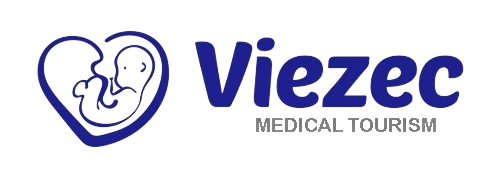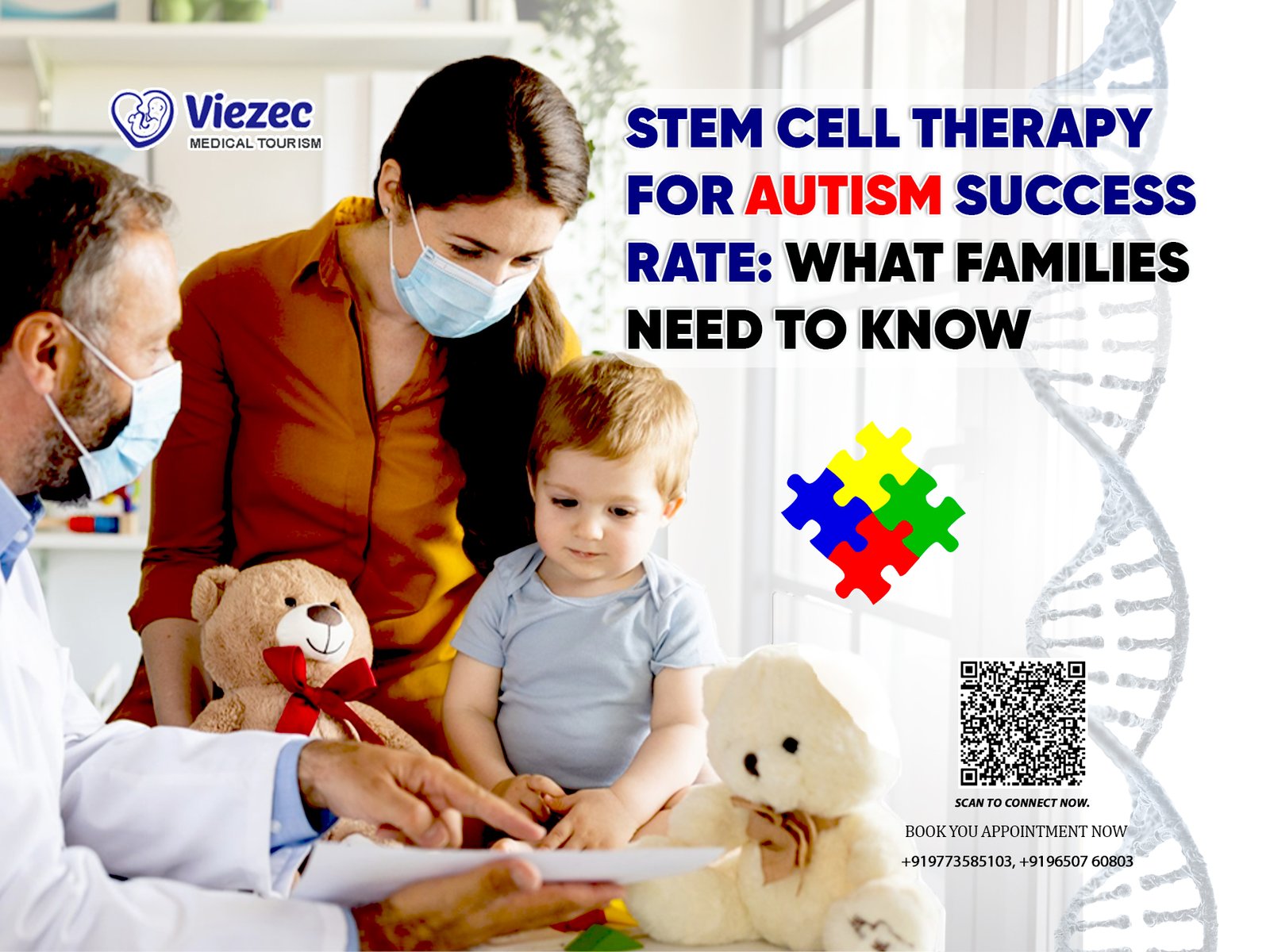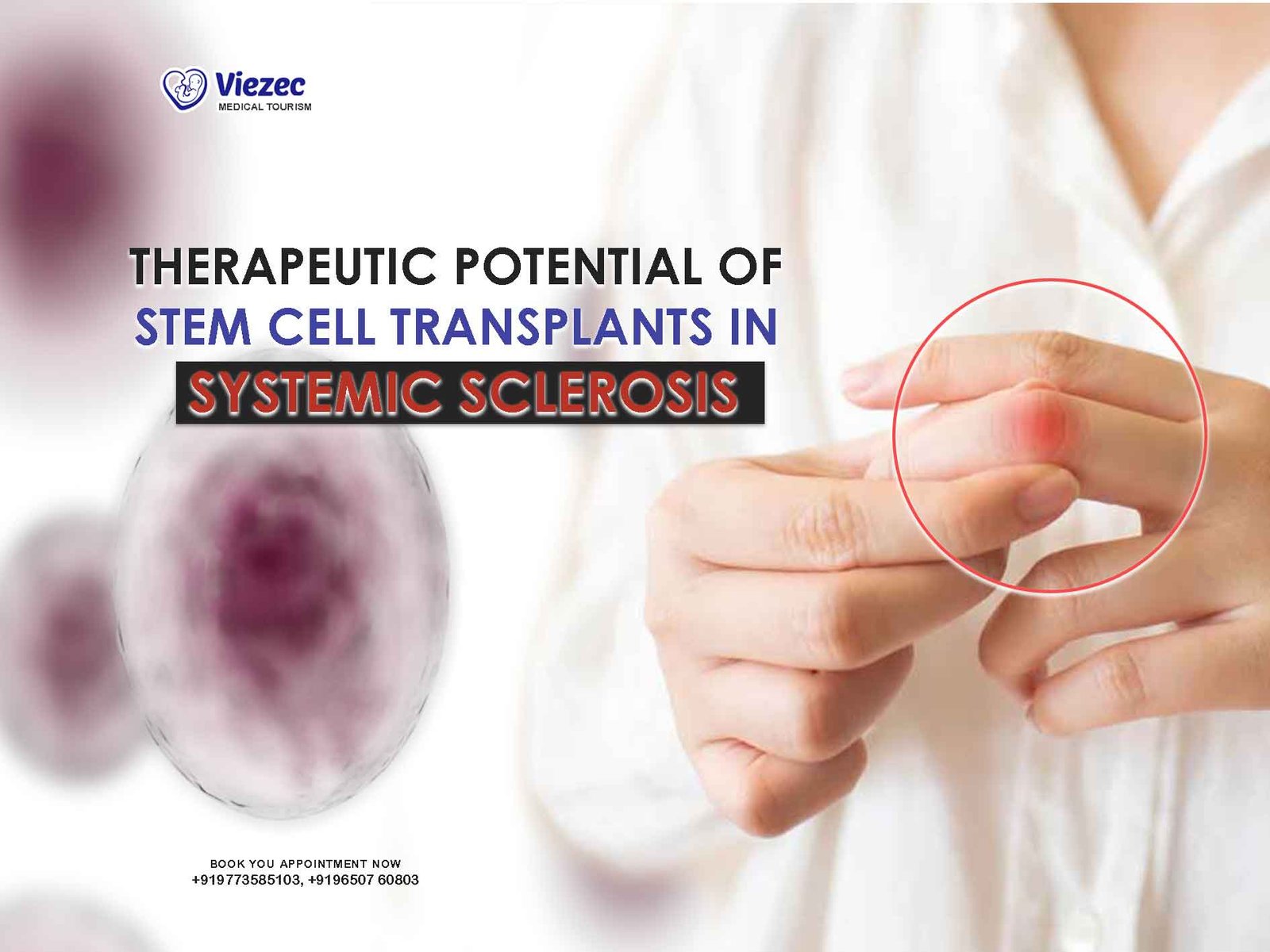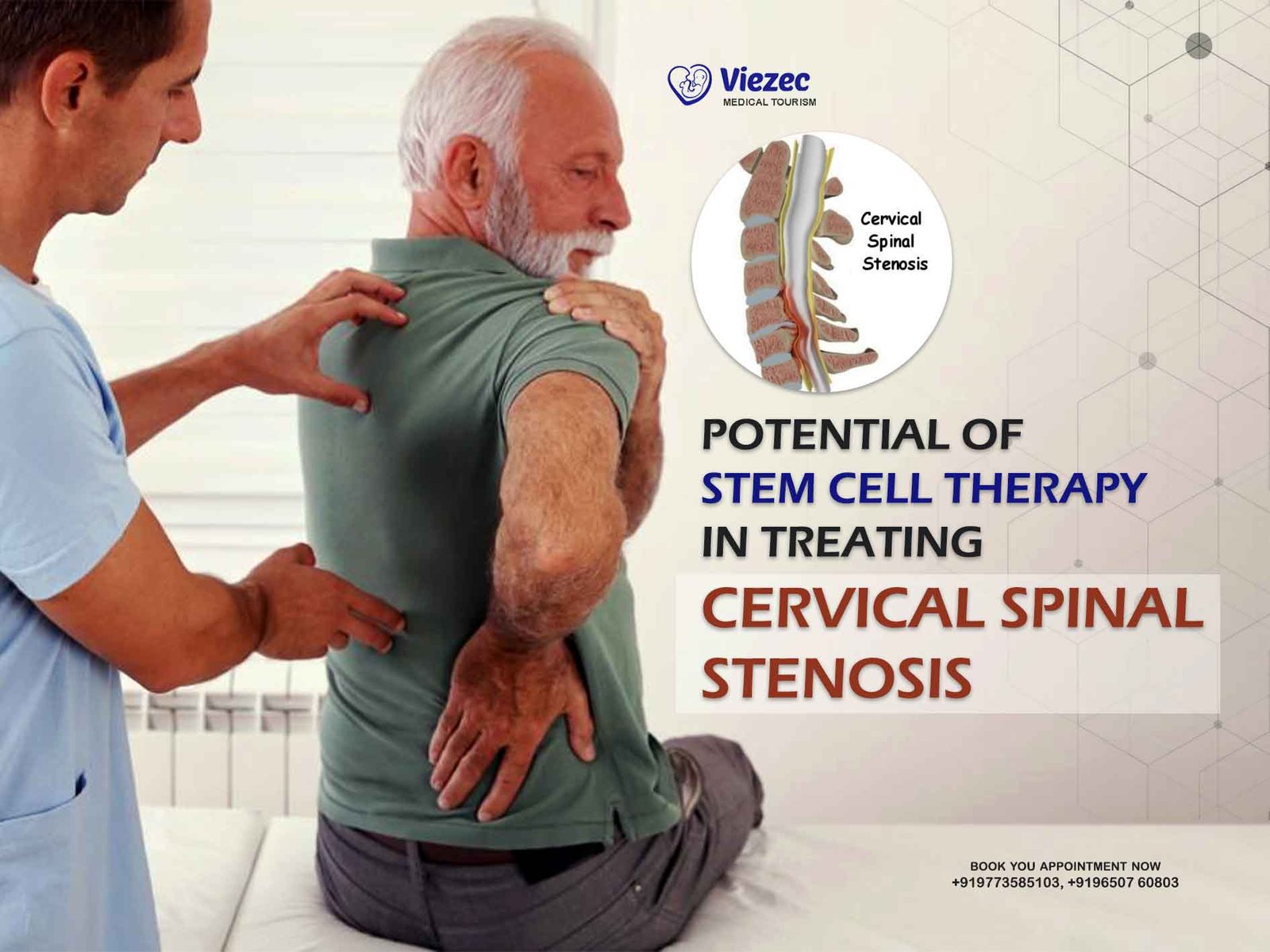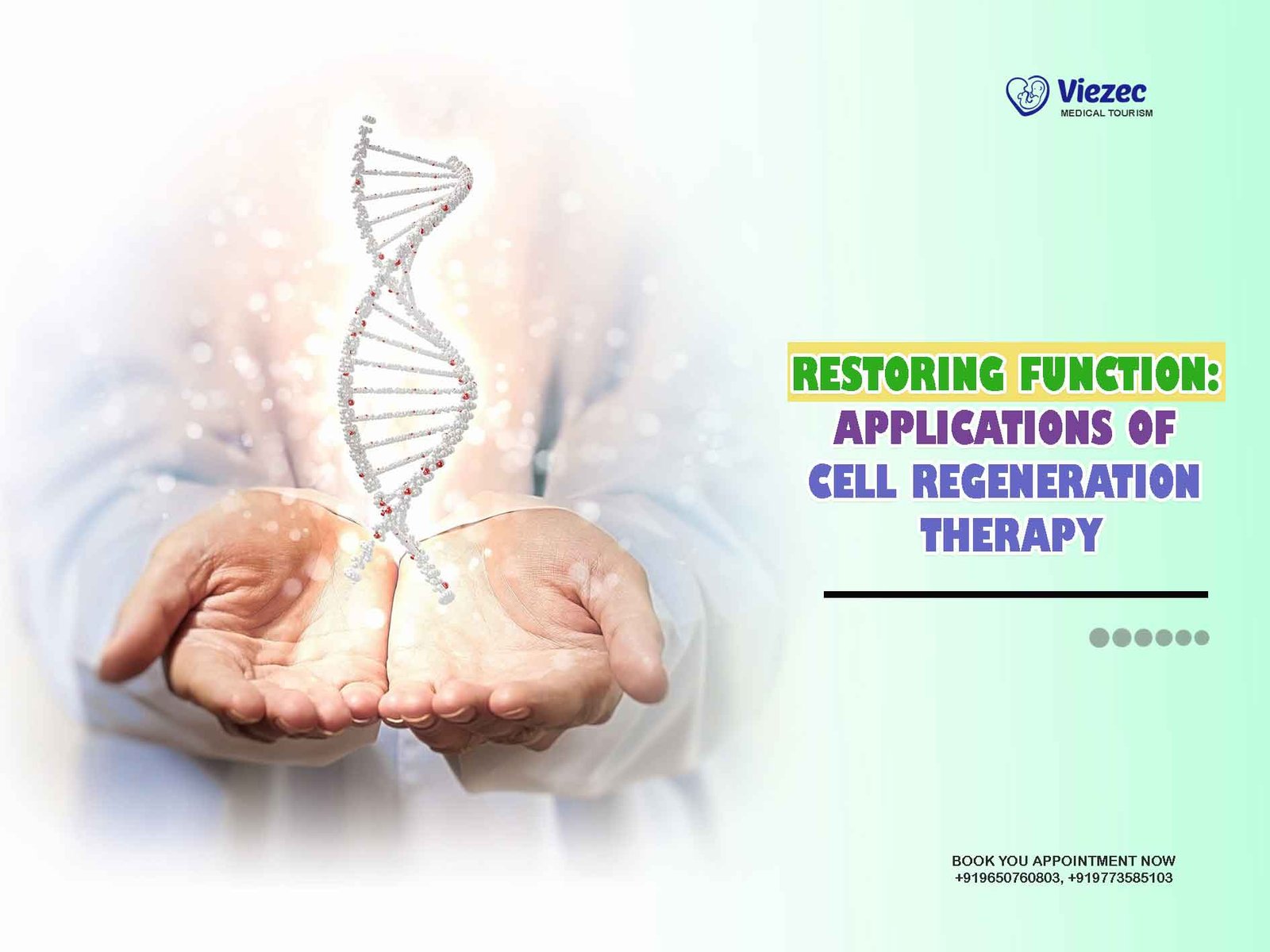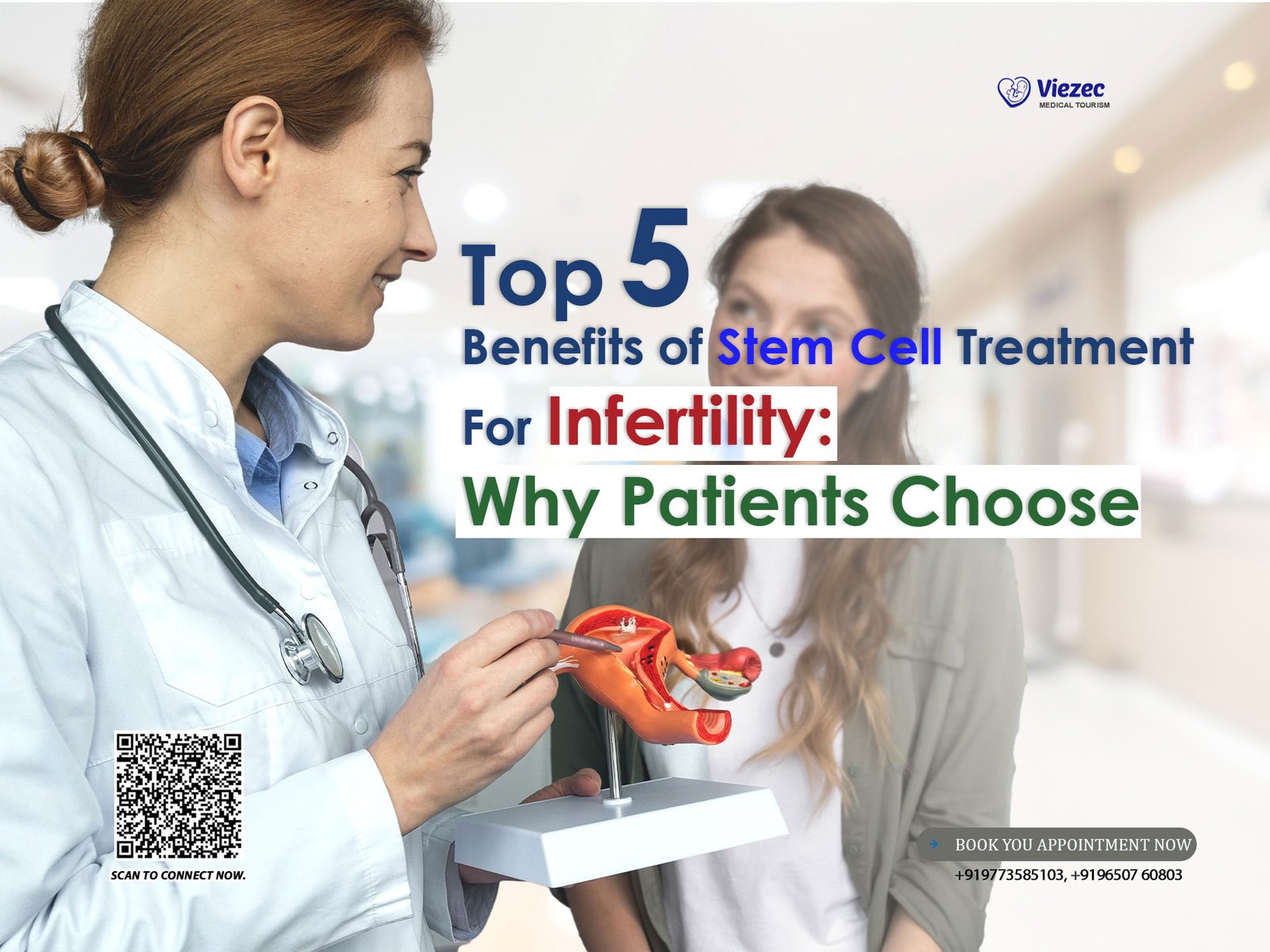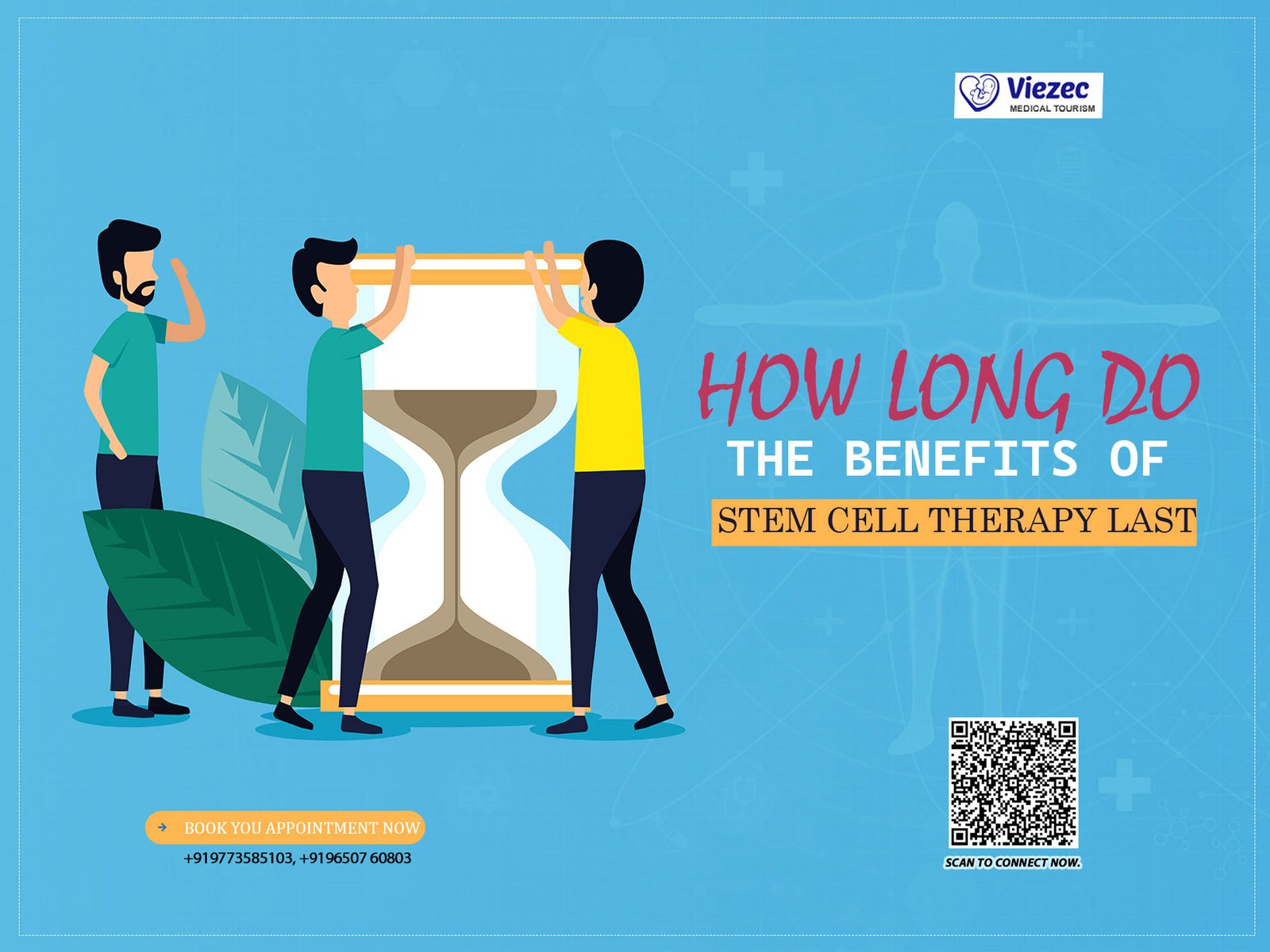KEY TAKEAWAYS
Autism Spectrum Disorder (ASD) is a lifelong and complex neurodevelopmental condition that significantly impacts communication, social interaction, and behavior. Traditional approaches such as Applied Behavior Analysis (ABA), speech therapy, and medications provide important support, but they often do not address the deeper biological imbalances linked with autism. As a result, both researchers and families are increasingly exploring innovative options like stem cell therapy for autism. Over the past decade, global studies and clinical reports on the success rate of stem cell therapy have sparked new hope while also raising important discussions about safety, long-term effectiveness, ethics, and scientific credibility.
What Is Stem Cell Therapy for Autism?
Stem cell therapy for autism is an innovative approach that uses the body’s natural repair cells to target neurological and immune imbalances associated with Autism Spectrum Disorder. Stem cells are unique, self-renewing cells capable of transforming into different types of tissues and repairing damage at the cellular level. In autism treatment, most programs use mesenchymal stem cells (MSCs) derived from:
-
Umbilical cord tissue
-
Placental tissue
-
Bone marrow
The potential benefits of stem cell therapy for autism include:
-
Reducing chronic brain inflammation linked with behavioral challenges
-
Modulating abnormal immune system activity to restore balance
-
Improving oxygen and blood supply for better brain functioning
-
Enhancing neural connectivity and regeneration of damaged pathways
Unlike conventional medications that only manage outward symptoms, stem cell therapy for autism aims to address underlying biological dysfunctions that contribute to the condition, offering hope for more lasting improvements and a higher success rate in managing ASD-related difficulties.
Treatment Protocol & Methods
Cell Source & Processing
Most autism-focused stem cell studies use either mesenchymal stromal cells (MSCs) derived from umbilical cord or cord tissue, or mononuclear cells from cord blood (CB-MNC). These cells are known for their roles in immune modulation, anti-inflammatory action, and trophic support that may benefit children with ASD. Research consistently highlights the importance of standardization in treatment protocols—including dose, purity, cell viability, and GMP-certified processing—to ensure results are reliable and reproducible across different clinical centers. This is essential for improving the success rate of stem cell therapy for autism and building confidence in treatment outcomes.
Delivery Routes Explained
Most treatment protocols for autism employ intravenous (IV) infusion, which is considered less invasive, while some earlier BMMNC studies explored intrathecal delivery. At present, clear evidence favoring one route over another is lacking. Comparative studies have not firmly established differences in efficacy or safety, and systematic reviews emphasize the high variability in delivery methods, dosage, and infusion schedules. This variability makes it difficult to draw standardized conclusions, but it also underscores the urgent need for harmonized protocols to evaluate the real success rate of stem cell therapy in autism.
Dosing & Number of Infusions
Clinical trials investigating stem cell therapy for autism show wide variation. Some studies administer a single umbilical cord blood (UCB) infusion, while others use multi-dose MSC courses over several sessions. Current reviews stress the necessity of dose-finding studies and protocol harmonization, as outcomes cannot be compared effectively without standardized approaches. Establishing consistent dosing and infusion schedules will help researchers and families set realistic expectations about the success rate of stem cell therapy for autism, while ensuring safer, evidence-based practices for children undergoing treatment.
Reported Success Rates of Stem Cell Therapy
Clinical Studies
Recent research provides valuable insights into the success rate of stem cell therapy for autism. A 2022 meta-analysis published in the Journal of Translational Medicine concluded that stem cell therapy appears to be moderately effective and safe, with consistent improvements in social interaction, language skills, and behavioral outcomes.
In India, a clinical study using bone marrow mononuclear cells (BM-MNCs) revealed that 90.6% of children showed reduced autism scores on the ISAA scale, and 96.9% demonstrated overall clinical improvement. Similarly, data from various sources indicated that 83.3% experienced noticeable progress in more than half of their autism-related symptoms, especially in speech clarity and sustained eye contact.
Reported Success Rates by Outcome Type
When looking at outcomes, improvements are most consistently reported in communication, social interaction, adaptive behaviors, and behavioral indices. While meta-analyses and systematic reviews acknowledge these benefits, they caution that differences in study design and evaluation tools prevent a single, universal success percentage. Families should interpret “success” as meaningful symptom improvement and better quality of life, not as a permanent cure.
Who Responds Best? (Age, Severity, Comorbidities)
Evidence suggests that younger children and those with certain cognitive baselines tend to respond better to therapy. Randomized controlled trials on umbilical cord blood (UCB) infusions indicate stronger improvements in these subgroups, reinforcing the importance of careful pre-treatment profiling. Open-label studies also highlight that combining stem cell therapy with ABA, speech therapy, and occupational therapy often enhances overall outcomes, though more controlled data is required.
Family Experiences
Beyond clinical trials, families frequently report significant changes such as:
-
Increased eye contact and social responsiveness
-
New or clearer speech patterns
-
Reduced aggression and hyperactivity
-
Improved digestion and sleep cycles
-
Greater independence in self-care and daily living activities
Overall, the reported success rate of stem cell therapy for autism ranges between 60% and 95%, depending on the study, therapy protocol, and patient profile. These results continue to drive global interest in stem cell therapy as a promising complementary approach for autism management.
Factors Influencing Success Rates
The success rate of stem cell therapy for autism depends on multiple variables that can significantly affect outcomes. Researchers and clinics emphasize that these factors shape how well a child may respond, making every case unique. Understanding them helps parents set realistic expectations when considering treatment.
-
Type of stem cells used: Umbilical cord-derived mesenchymal stem cells (MSCs) and bone marrow cells are the most common sources, with each offering different regenerative and immune-modulating properties.
-
Method of delivery: Intravenous (IV) infusion and intrathecal (into the spinal canal) administration influence how effectively stem cells reach target areas of the nervous system.
-
Dosage and number of sessions: Repeated or higher-dose infusions may provide stronger results, but protocols vary widely among treatment centers.
-
Age of the child: Younger children often respond better due to greater brain plasticity and faster neurological adaptation.
-
Severity of autism spectrum disorder: Children with mild to moderate ASD may show more noticeable improvements compared to those with severe forms.
-
Combination with supportive therapies: Pairing stem cell therapy with behavioral programs such as ABA, speech therapy, and occupational therapy generally leads to more sustainable progress.
Because these factors interact differently for every child, reported autism stem cell therapy success rates vary across clinical studies and specialized treatment centers worldwide.
Safety and Side Effects
One of the strongest concerns among families is whether stem cell therapy for autism is safe.
-
Clinical data indicates that most patients experience only mild side effects such as low-grade fever, headache, or fatigue.
-
Studies report no major adverse events directly linked to therapy.
-
However, in unregulated settings, risks include infection, poor-quality cell handling, or immune rejection.
When performed in reputable clinics under medical supervision, stem cell therapy appears relatively safe.
Cost of Stem Cell Therapy for Autism
The cost of stem cell therapy for autism can vary greatly depending on the treatment protocol, clinic standards, and the country where the procedure is performed.
-
India: $8,000 – $15,000
-
Mexico/Turkey: $10,000 – $20,000
-
Europe: $20,000 – $50,000
Since stem cell therapy for autism is still considered experimental and not FDA-approved, most insurance companies do not cover these expenses, meaning families usually need to arrange self-funding. When comparing costs, it is important to also evaluate clinic reputation, cell quality, safety standards, and follow-up care, as these factors can significantly impact both price and potential outcomes.
Future Outlook and Ongoing Research
Research on stem cell therapy for autism continues to expand, with promising clinical trials under way worldwide. Current studies are dedicated to identifying the optimal dosage, ideal stem cell source, and standardized treatment protocols. Scientists are also comparing delivery methods such as intravenous infusion and lumbar (intrathecal) injection to determine which provides the most consistent benefits. Another major focus is on evaluating the long-term safety, effectiveness, and durability of outcomes, since lasting improvements are crucial for families. As evidence strengthens, stem cell therapy is expected to play a more important role in an integrated treatment plan for autism, complementing behavioral therapies, educational interventions, and supportive rehabilitation strategies.
FAQs
1: What is the average success rate?
Most studies and clinical reports suggest improvements in 60–90% of patients, with some specialized centers citing even higher outcomes depending on treatment protocols.
2: Is stem cell therapy safe for autism?
Yes, available research shows stem cell therapy is generally safe with only mild, temporary side effects, though long-term safety data is still being collected.
3: Does stem cell therapy cure autism?
No, autism is not a disease with a cure. Stem cell therapy may reduce symptoms and improve daily functioning, but it cannot completely “erase” autism.
4: How quickly do results appear?
Many families notice subtle improvements within weeks, with more visible changes in communication and behavior usually appearing over 3–6 months.
5: Who is the best candidate?
Children with moderate to severe autism, supported by ongoing therapies like ABA, speech, and occupational therapy, are often the most suitable candidates.
Conclusion
Stem cell therapy for autism presents a promising avenue of hope for families worldwide, with reported success rates ranging from 60% to 90%. Clinical studies and parent testimonials highlight meaningful improvements in speech development, social interaction, behavioral stability, and overall quality of life. However, the therapy remains experimental, costly, and not yet approved by major regulators. Families considering this option should carefully assess the credibility of clinics, review published outcomes, and prioritize treatments conducted under medical supervision. For the best results, stem cell therapy should be integrated with evidence-based interventions such as ABA, speech therapy, and occupational therapy, ensuring a safe and comprehensive approach to autism care.
